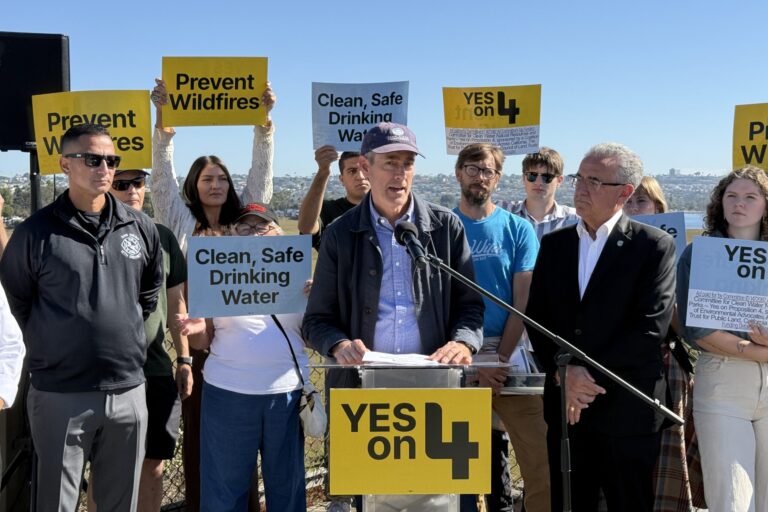Welcome to part one of our five part blog series (see part two, three, four and five) on the best ways to enjoy San Diego’s very own ASBS and Matlahuayl State Marine Reserve. La Jolla Cove and La Jolla Shores are both protected areas — the Cove and Shores are both classified as Areas of Special Biological Significance and La Jolla Shores is also a marine reserve known as the Matlahuayl State Marine Reserve. These posts will show you how to enjoy these special places while not harming those that live there.
Hello, my coast-loving friends! This is the first of a series of posts about the Matlahuayl State Marine Reserve and how to enjoy the best of the tidepools, while protecting our coast. A tidepool is a rocky habitat on the coast, squeezed between the waves and dry land. It is a somewhat extreme place to live on, but it’s great to explore. The activity of exploring the tidepool is called tidepooling.
La Jolla Shores is one of the busiest beaches in San Diego with its waters used by tourists and locals alike. It features bounded rocky formations, both in the North and in the South, where tide pools form during low tide. These are great places to watch the sea-life; to observe the lives of tiny animals and see the connections between different species and the elements. 

During winter, low tides are much lower, creating the best conditions for tidepooling. However, during summer, the tides are higher and the water is warmer, creating perfect conditions for snorkeling. The best place for snorkeling is the rocky formations at the south of La Jolla Shores because the waves are smaller. Groups of snorkelers often flock to this area, looking for sea-life and unique rock formations.
Less known is the fact that La Jolla Shores is part of the of Matlahuayl State Marine Reserve (SMR) and subject to several rules and protection measures. Unlike in the Scripps tide pools, there isn’t a sign telling the beach-goers about the status of the area.
According to the California Department of Fish and Wildlife, a State Marine Reserve is a demarcated area to protect part of the marine environment, where “is unlawful to injure, damage, take, or possess any living geological, or cultural marine resource, except under a permit or specific authorization from the managing agency for research, restoration, or monitoring purposes”. It is the most restrictive of marine protected areas – you shouldn’t take anything but pictures.
Educational and recreational uses are encouraged, as long as they don’t damage the environment, so enjoy! There is so much you can do in La Jolla Shores: swimming, kayaking, surfing, snorkeling, tide pooling, or just chilling on the beach.
In the next posts, we will talk about two great ways to enjoy the reserve; tidepooling and snorkeling, and learn the best ways to reduce our impact and enjoy ourselves safely during these activities.
Written by Thais Fonseca Rech
















